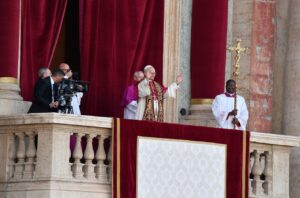
While scientists for years have been studying unusual experiences that happen to people as they approach death, they’ve only just begun studying whether animals have End-of-Life Experiences. Jimmy Akin and Dom Bettinelli discuss whether they do, what kinds of experiences they have, and how they compare to human experiences.
https://youtu.be/xRz4phcAtUs
Help us continue to offer Jimmy Akin’s Mysterious World. Won’t you make a pledge at SQPN.com/give today?
Links for this episode:
This Episode is Brought to You By:
Jimmy Akin’s Mysterious World is brought to you in part through the generous support of Deliver Contacts, offering honest pricing and reliable service for all your contact lens needs. See the difference at delivercontacts.com.
Rosary Army. Featuring award-winning Catholic podcasts, Rosary resources, videos, and the School of Mary online community, prayer, and learning platform. Learn how to make them, pray them, and give them away while growing in your faith at RosaryArmy.com and SchoolOfMary.com
The Grady Group, a Catholic company bringing financial clarity to their clients across the United States. Using safe money options to produce reasonable rates of return for their clients. Learn more by visiting GradyGroupInc.com.
Click to get started or find out more.
Direct Link to the Episode.
Subscribe on iTunes. | Other Ways to Subscribe.
Podcast: Play in new window | Download









